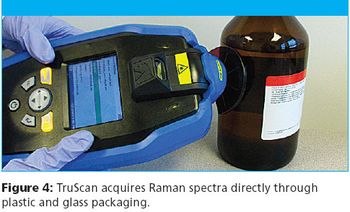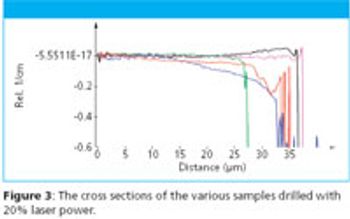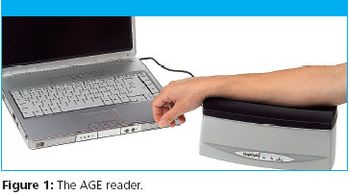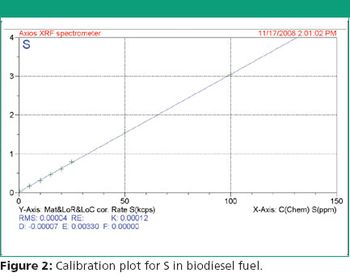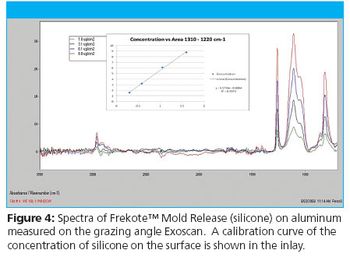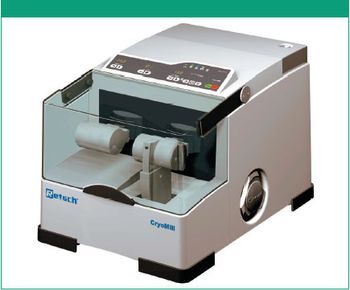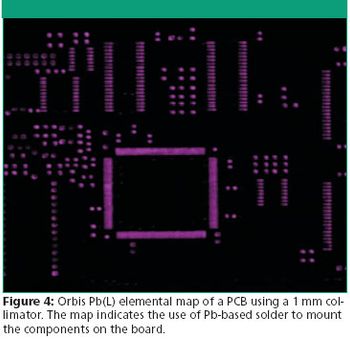
Application Notebook
Detection of contaminants in consumer products is a critical public-safety need. One of the challenges of this type of detection is that the contaminant chosen is frequently designed to "fool" the routine product-safety testing performed. For example, melamine as the adulterant of choice to lower the cost of milk is because melamine contains nitrogen molecules.
